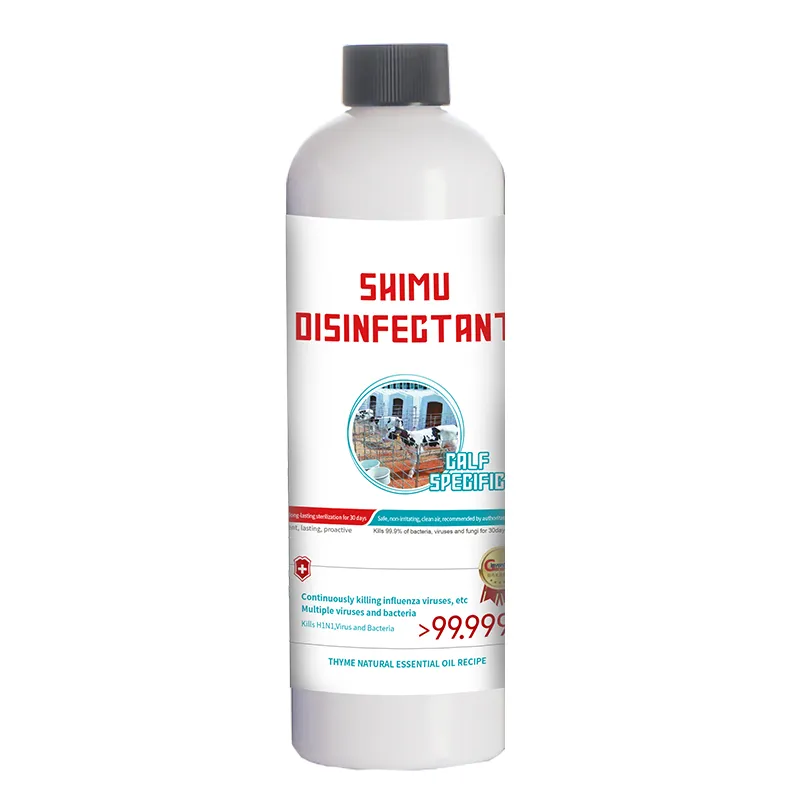Aug . 25, 2024 08:50 Back to list
Mucolytics and Expectorants Understanding Their Role in Respiratory Health
Mucolytic and Expectorant Drugs A Comprehensive Overview
Mucolytic and expectorant drugs play a crucial role in respiratory health by aiding the clearance of mucus from the airways. These medications are essential for individuals suffering from various respiratory conditions, including chronic bronchitis, asthma, and infections that lead to increased mucus production. Understanding how these drugs work, their differences, and their appropriate uses can significantly impact patient care and comfort.
Mucolytic and Expectorant Drugs A Comprehensive Overview
On the other hand, expectorants work by increasing the production of respiratory tract fluids, thereby promoting a more productive cough to clear mucus from the airways. Guaifenesin is the most widely recognized expectorant and is available in various over-the-counter formulations. By enhancing mucus secretion, expectorants help to mobilize and expel mucus, which is particularly useful during episodes of acute bronchitis or colds when excessive mucus can hinder respiratory function. Expectorants may be more suitable for patients who can tolerate coughing as a means of relieving congestion.
mucolytic and expectorant drugs

While both mucolytics and expectorants assist in managing mucus in the airways, their mechanisms and indications differ significantly. Mucolytics are primarily indicated for patients with chronic conditions characterized by thickened mucus, while expectorants are more appropriate for acute illnesses where mucus production is typically excessive, but the mucus may not be particularly thick. It is essential for healthcare providers to assess the patient’s specific condition and symptoms when determining which medication to prescribe.
Moreover, it is important for patients to be aware of potential side effects associated with these medications. Mucolytics may cause gastrointestinal disturbances and, in rare cases, allergic reactions. Expectorants, while generally safe, can lead to nausea or gastrointestinal discomfort when taken in higher doses. Patients should be educated on the proper use of these medications, including dosage and potential interactions with other drugs.
In addition to pharmacological treatments, non-pharmacological measures can enhance the effectiveness of mucolytics and expectorants. Staying well-hydrated, utilizing humidified air, and practicing controlled coughing techniques can further assist in mucus clearance. Patients are encouraged to maintain a healthy lifestyle, including regular exercise and avoiding irritants such as smoke, to support overall respiratory health.
In conclusion, mucolytic and expectorant drugs offer vital support for patients experiencing respiratory distress due to excessive or thick mucus production. By understanding their differences and appropriate applications, healthcare providers can enhance treatment outcomes and improve the quality of life for individuals struggling with respiratory conditions. Awareness of the benefits and side effects of these medications, combined with complementary non-pharmacological strategies, empowers patients to manage their symptoms effectively. Whether one is dealing with chronic illness or a temporary respiratory infection, mucolytics and expectorants remain essential tools in the arsenal against mucus-related respiratory challenges.
-
Vital Solutions for Healthy and Productive SwineNewsJul.08,2025
-
Veterinary Powder Is VitalNewsJul.08,2025
-
Understanding Prescription Drugs for AnimalsNewsJul.08,2025
-
Understanding Poultry MedicineNewsJul.08,2025
-
The First Line of Defense in Animal HealthNewsJul.08,2025
-
Role of Veterinary Drug in Modern Animal HealthcareNewsJul.08,2025
Products categories







